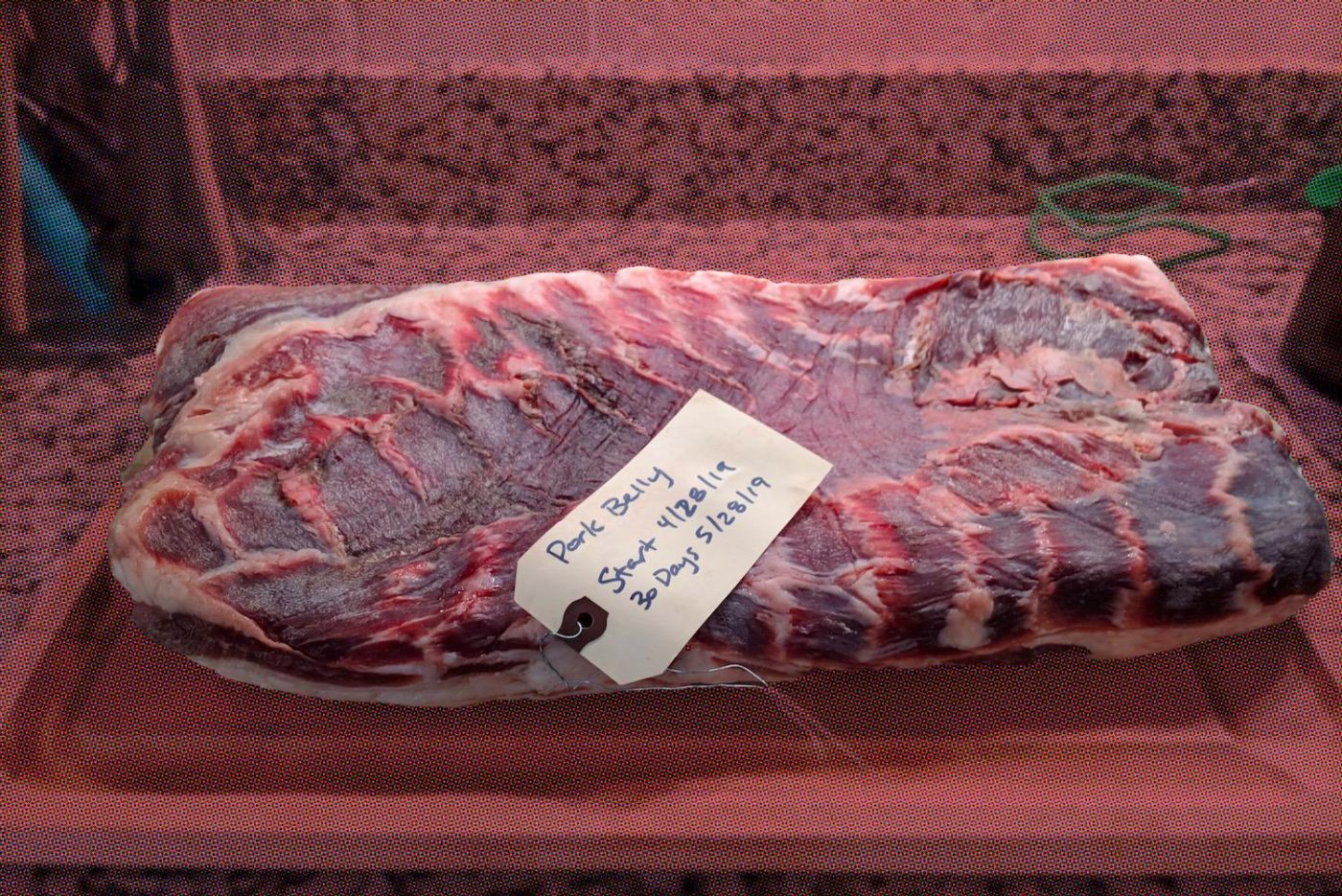Australians have always loved a good barbeque, but over the last two years, we’ve been getting particularly fancy about the types of things we’ve been throwing on the barbie, with restaurants shut and travel taken off the cards.
To sum it up, we’ve been eating at home more and better – especially when it comes to beef. Go down to your local butcher or even the supermarket and you’ll see how fancier cuts like tomahawk steaks or rump cap; expensive breeds like Wagyu or ‘new kid on the block’ Rubia Gallega, or things like dry-aged beef have become so much more common since pandemic.
The other thing that’s happened over the last two years? Beef prices have dramatically increased. Since June 2020, Australian beef prices have been the highest in the world, according to Meat and Livestock Australia, the industry body.
A lot of that has to do with The Spicy Cough as well as economic and climatic factors, but the quality of Australian beef is also a major contributing factor to the market’s current punchiness, as MLA Managing Director Jason Strong explained to Good Food last year:
Curated news for men,
delivered to your inbox.
Join the DMARGE newsletter — Be the first to receive the latest news and exclusive stories on style, travel, luxury, cars, and watches. Straight to your inbox.
“What we have to understand is that here in Australia, we produce some of the best quality beef in the world, and that there is global demand for that beef… local steak lovers are competing with consumers in Singapore, Tokyo, Seoul and Los Angeles.”
Thankfully, a more affordable – and arguably more flavourful – alternative to dry-aged beef is starting to appear on more plates Down Under: dry-aged pork. It’s a great way to enjoy a steak without bankrupting yourself in the process.

Dry-aged pork is produced in much the same way dry-aged beef is: isolating the pork in a hygienic, dry, refrigerated environment with no other kinds of food present for days or weeks after butchering. Previously, dry-aged pork was solely the domain of high-end providores and restaurants, but it’s becoming increasingly common in Australian supermarkets and grocers.
Ben Williamson, co-owner and chef at Agnes in Brisbane, tells ABC News that dry-aged pork is “superior” to regular pork whilst also being just as easy to prepare and versatile as the normal stuff.
“That dry ageing process, just like beef; it just adds so much flavour and texture to the product… It’s not overly porky though; it’s a slightly nuttier [taste],” he explains.
In particular, Williamson says that dry-aged pork makes the best crackling, thanks to the reduced moisture content. We’re just imagining the crispiness now…
The really interesting thing about dry-aged pork is that it doesn’t command as much of a prime premium compared to normal pork as dry-aged beef commands over regular beef. Dry-aged pork can be found in Aussie supermarkets for as little as $10/kilo, which is pretty comparable to normal pork.
Speaking of steak, watch top Australian chef Neil Perry share his tips on how to cook the perfect steak.
While Australians are only now waking up to the glory that is dry-aged pork, the meaty marvel has already begun to pick up steam in the United States.
“Pork is generally undervalued… It deserves to be on the menu at a steakhouse right next to that New York Strip or your Ribeye,” Brooklyn-based butcher Brent Young tells Eater, who call dry-aged pork “the future of steakhouses”.
We’ll raise a pork chop to that.

